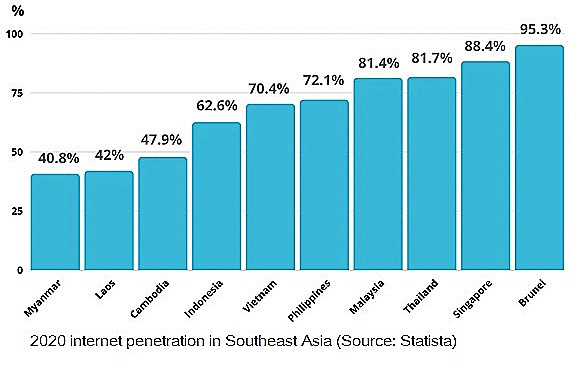[vc_row css=”.vc_custom_1565542682041{margin-right: 0px !important;margin-left: 0px !important;}”][vc_column css=”.vc_custom_1565542696462{padding-right: 0px !important;padding-left: 0px !important;}”][vc_single_image image=”10599″ img_size=”1159×247″ el_class=”banner-event”][/vc_column][/vc_row][vc_row css=”.vc_custom_1565542751414{margin-right: 0px !important;margin-left: 0px !important;}”][vc_column width=”1/4″][/vc_column][vc_column width=”1/2″ css=”.vc_custom_1565622195563{padding-bottom: 50px !important;}”][vc_column_text el_class=”title-event”][post_title][/vc_column_text][vc_column_text el_class=”author-pers”]By Bimo Andrio and Rika Safrina[/vc_column_text][vc_column_text el_class=”date-venue-news”][post_date][/vc_column_text][vc_column_text el_class=”text-par-news”] In our life today, the media play a huge role in public policy making. The media’s ability to influence is affected by several factors, such as accessibility, trust and the existing linkage between them and the authorities. The media’s influence is evident in the government’s campaign to build public awareness during the COVID-19 pandemic.
In our life today, the media play a huge role in public policy making. The media’s ability to influence is affected by several factors, such as accessibility, trust and the existing linkage between them and the authorities. The media’s influence is evident in the government’s campaign to build public awareness during the COVID-19 pandemic.
The original article can be found here. [/vc_column_text][vc_column_text el_class=”photo-caption-news”](Photo Credit: Christian Wiediger, Unsplash)[/vc_column_text][/vc_column][vc_column width=”1/4″][/vc_column][/vc_row]











